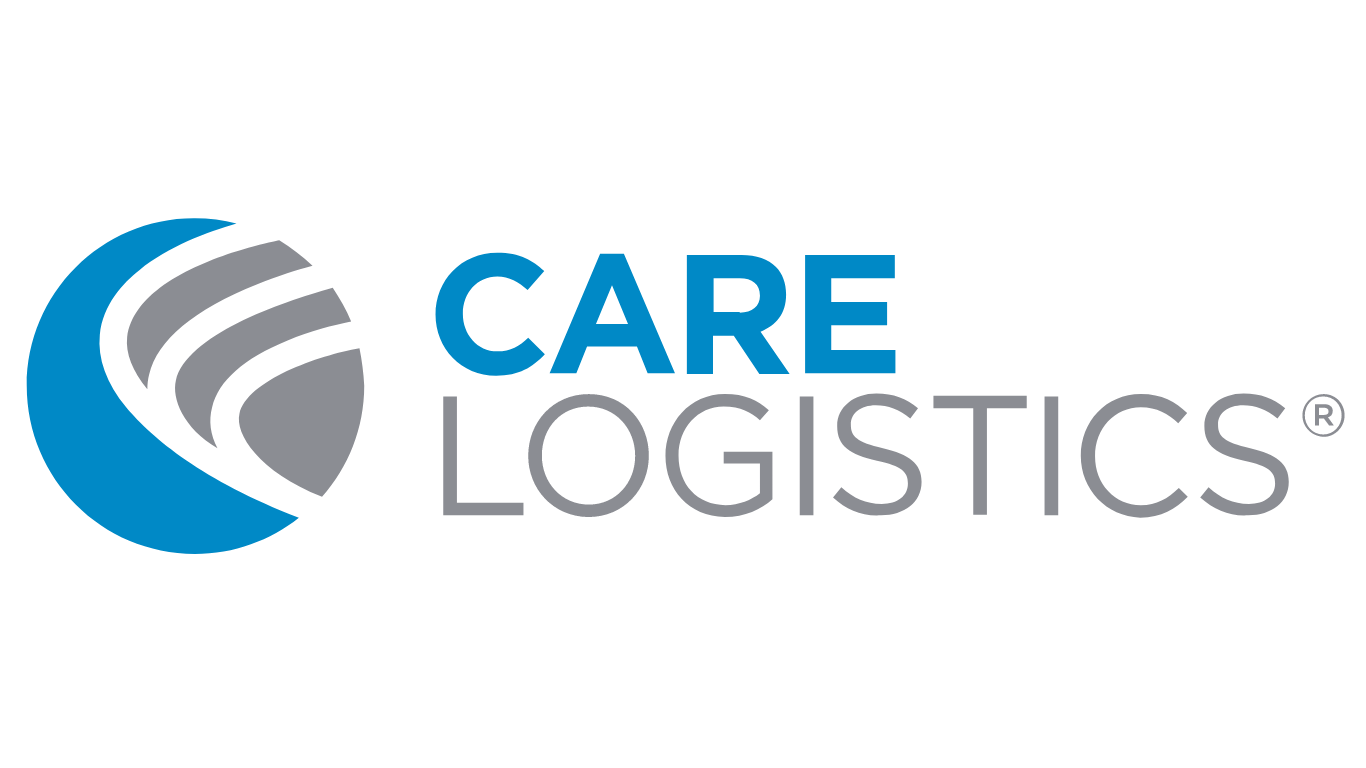Three Keys to Relationship Management for Healthcare Professionals
Contributions by Jocelyn Harris and Erik Mearidy
It’s noon on a Saturday and you’re out running errands with your kids. They’ve been good all morning, but their enthusiasm for looking at paintbrushes at the hardware store, dog food at the pet store, and picking up their medicine at the pharmacy is waning. You can tell they are getting hungry, so you ask everyone where they want to go for lunch. Surprisingly, all three kids yell “Chick-fil-A” at the same time. There are plenty of places to get a fast kid’s meal, and some that even come with special-themed toys that are constantly being advertised on television, but your kids all chose the same restaurant. Is it really that surprising? Even though they aren’t ones to advertise their toys, the kids know that they will get a fast, delicious meal and likely be greeted and spoken to by multiple people in the process. Chick-fil-A is known, not only for its food but for its ultimate experience. They are going to make sure that you and your kids are going to have their needs met and do it with pleasure.
Chick-fil-A is just one example of a business that understands the importance of customer retention through the ultimate customer experience. One could argue that healthy vendor relationships play a crucial role in healthcare operations. The kind of stress that hospital staff is currently experiencing is unprecedented. It’s more important than ever for your healthcare clients to be able to rely on and trust you. We interviewed some key executives and managers at Care Logistics to get some insight into how they help provide a great experience for our customers. In this article, they share three keys to relationship management that lead to an overall great experience and partnership.
Understand your customers' needs and actively listen
Customers may not always tell you what problems they are looking to solve, because many times, they may not even know the extent of their issue or that one even exists. It is very important to actively listen to the needs of your customers and provide a solution that best addresses their needs.
It is imperative to stay actively engaged with the customer to ensure the solution provided continues to offer value. This helps to build trust and foster healthy relationships. An active engagement is key to a trustworthy long-term partnership.
Focus on the entire organization by thinking holistically
Many times people are in the mindset of thinking about their role individually and what may work best for them. Try thinking beyond how key stakeholders are affected and really look at your customer’s organization as a whole. It is important to not only think about the problem you are being asked to solve but also who might be impacted by the resolution. Unfortunately, working in silos can cause unforeseen disruption within the organization.
Don’t Overpromise and Underdeliver
Create buy-in with customers by continuously providing value through the solutions offered. The solutions offered should address their needs. Not only will your customers be happy with what you are providing, but if you prove to them that you follow through with promises and can solve their problems, they are going to be more likely to look to you for new solutions, instead of investigating others.
Product Roadmaps are a valuable tool if you use them correctly. Plenty of organizations build a roadmap, but they only work if you don’t overpromise and underdeliver. Set realistic expectations with customers and keep them informed of their specific requests in future offerings. Communication is key!
One main goal for businesses is to keep customers happy. Building trust and creating healthy partnerships can be achieved by actively listening, providing valuable solutions, fostering relationships, delivering on promises, and having a good communication strategy. This can increase the drive of your customers to want to come back for more given this great customer experience.
